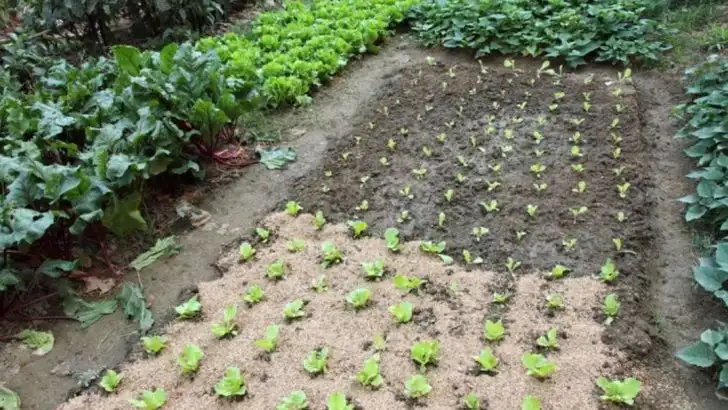No matter how many books you read, nothing teaches you about gardening like getting your hands in the dirt. This year, I discovered firsthand how much plant spacing, soil quality, and even the right trellis can make or break a harvest.
In this post, I’m sharing everything I learned—the wins, the mistakes, and the surprising lessons that changed how I grow. From choosing the right soil to giving plants the room they actually need, these insights are meant to help beginners and seasoned gardeners alike make next season even better.
Because every garden teaches you something—and this year taught me a lot.
The Importance of Plant Spacing
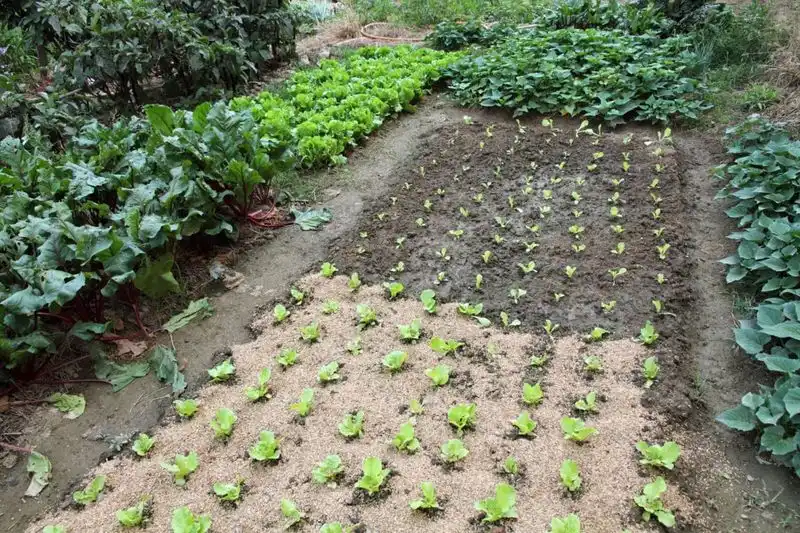
Achieving the right distance between plants can make or break your garden’s success. Crowded plants compete for light, nutrients, and water, leading to weaker growth and disease. By giving each plant its own space, you promote healthier growth and easier maintenance. For example, tomatoes require a certain distance to avoid overlapping roots and allow for better air circulation. Observing this can result in a more bountiful harvest. It’s not just about numbers; it’s about understanding each plant’s needs. Remember, a well-spaced garden is a happy garden!
Understanding Soil Types

Soil is the foundation of any garden. Clay, sand, and loam each offer different benefits and challenges. Understanding your garden’s soil type is crucial for selecting the right plants and amendments. Testing soil can reveal its pH and nutrient content, guiding you in enhancing its fertility. Amending sandy soil with organic matter, for instance, can improve its water retention. On the other hand, clay soil might need more drainage to prevent waterlogging. Recognizing and adjusting to your soil type transforms your garden into a thriving ecosystem.
Building with Trellises
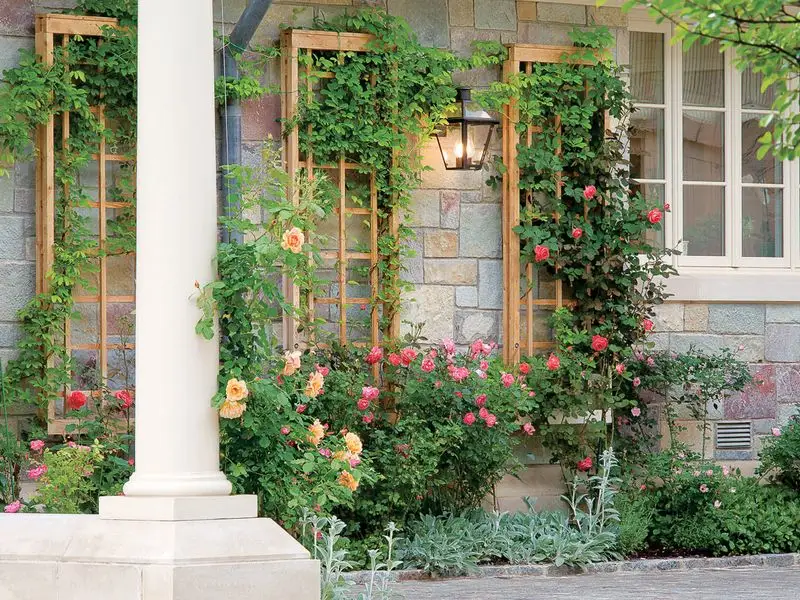
Trellises are both practical and decorative in garden design. They support climbing plants, saving ground space and adding vertical interest. Choosing the right trellis involves considering the plant’s weight and growth habit. For instance, a sturdy wooden trellis is ideal for heavy vines like grapes. Meanwhile, lighter plants such as sweet peas thrive on simpler structures. Trellises also help increase air circulation, reducing disease risk. Integrating them into your garden not only optimizes space but also enhances aesthetic appeal, making them a gardener’s best friend.
Composting Techniques
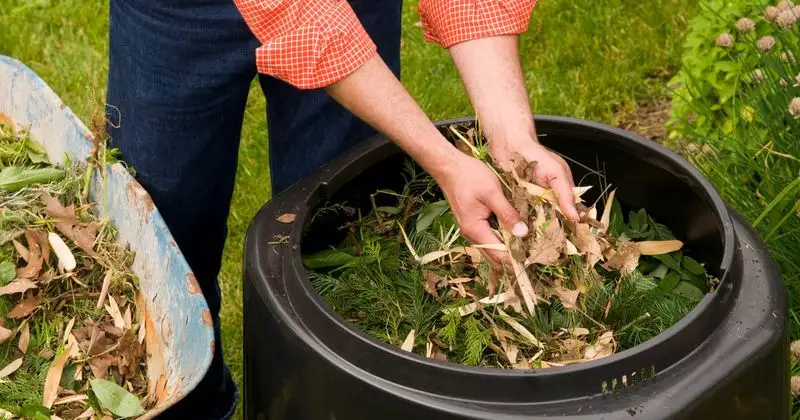
Composting is a sustainable way to enrich soil. The balance between greens and browns is key to successful composting. Greens provide nitrogen, while browns offer carbon, both essential for decomposition. A good mix results in rich, dark compost that enhances soil fertility. Regular turning aerates the pile, speeding up the process. For instance, kitchen scraps like vegetable peels and coffee grounds are excellent greens. In contrast, dried leaves make perfect browns. Seeing kitchen waste turn into garden gold is a rewarding part of gardening.
Watering Wisely
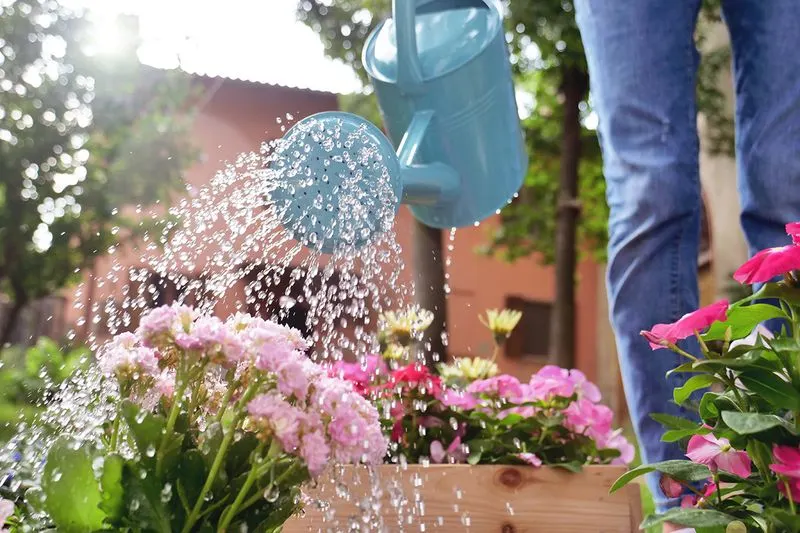
Proper watering can transform your garden’s health. Overwatering drowns roots, while underwatering stresses plants. It’s essential to understand the specific needs of your garden. Some plants, like succulents, thrive on less frequent watering, whereas others, such as cucumbers, need more moisture. Timing also matters; watering in the morning reduces evaporation and fungal risks. Observing your plants’ signals, such as wilting or yellow leaves, guides you in adjusting your watering routine. Embracing these strategies fosters a resilient and vibrant garden.
Companion Planting
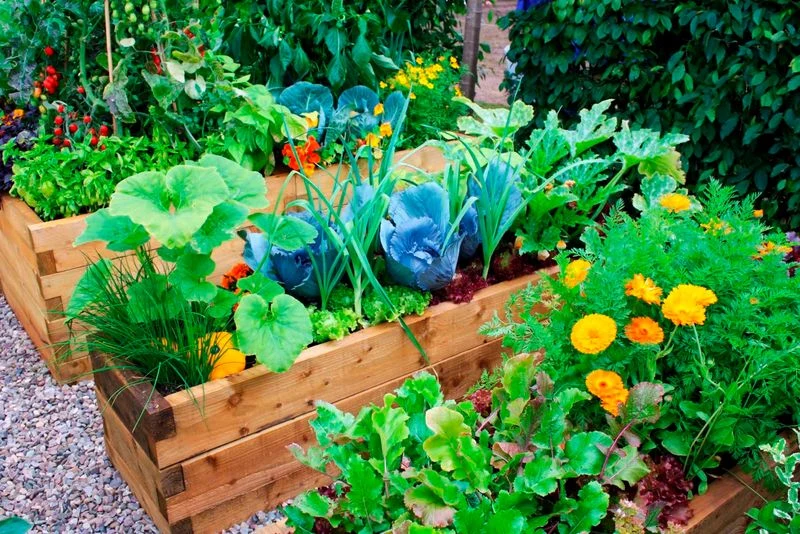
Companion planting is about harnessing nature’s synergy. Certain plants, when grown together, enhance each other’s growth and deter pests. For example, marigolds can protect tomatoes by repelling nematodes. Likewise, basil improves the flavor of neighboring tomatoes. This method not only maximizes garden productivity but also reduces chemical reliance. Designing a garden with companion plants fosters a self-sustaining ecosystem. It’s fascinating how strategic pairings can lead to thriving plant communities, showcasing the magic of nature’s interconnectedness.
Seasonal Planting Strategies
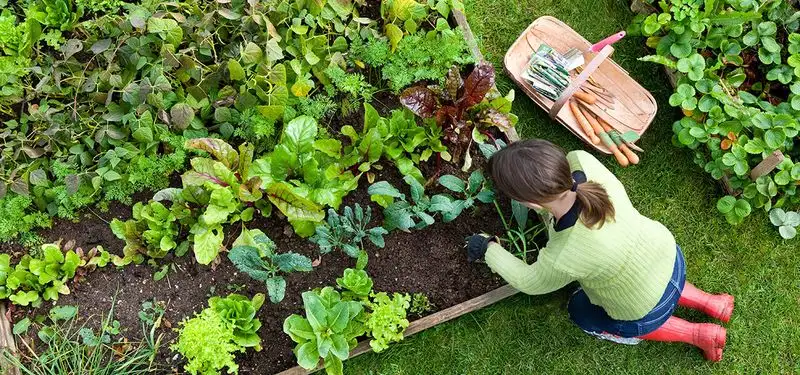
Timing is everything in gardening. Knowing when to plant ensures your garden blooms to its fullest potential. Cool-season crops like lettuce thrive in early spring, while heat-loving plants such as peppers await warmer soil. Staggering planting dates extends harvest periods and keeps the garden productive year-round. It’s not just about the calendar; observing local climate patterns plays a vital role. For example, an unusually warm spring might mean planting tomatoes earlier. Being in tune with the seasons is a gardener’s secret to success.

